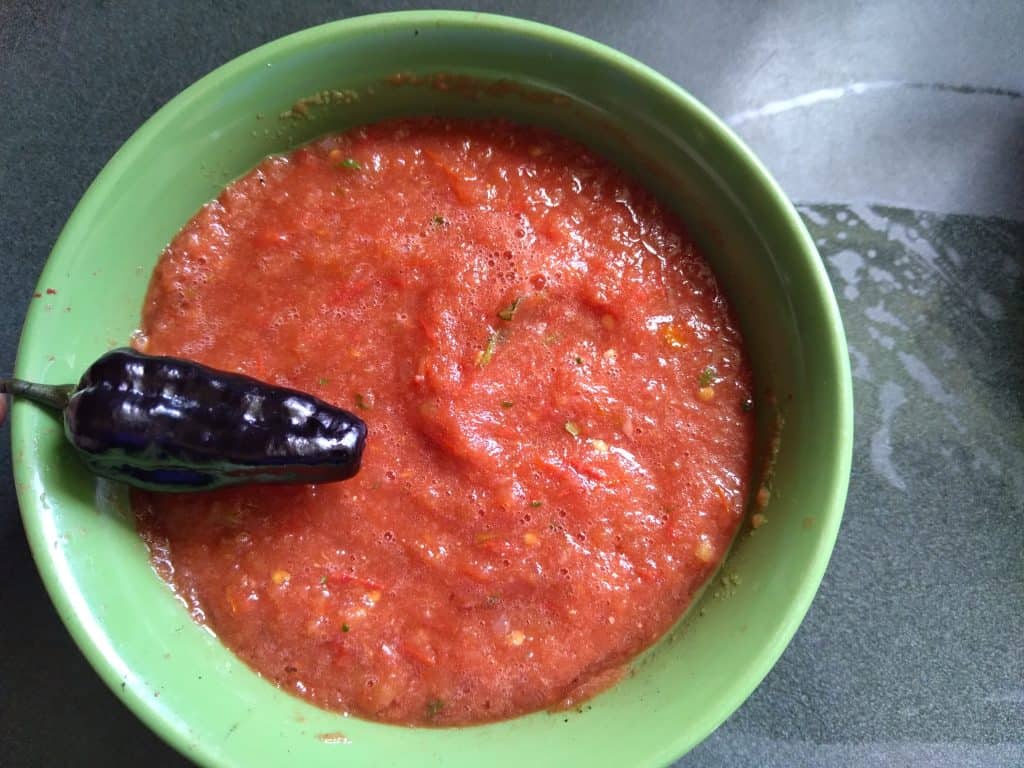Puma Hot Pepper
The puma hot pepper is a popular choice to grow at home because if its visual intrigue and high level of heat. It clocks in at 300,000-400,000 SHU, making it slightly hotter than most habanero peppers. The peppers grow on bushy, deep-purple plants, and the fruits begin a deep purple color and mature into a bright tangerine orange.
Facts about Puma Peppers
Puma Peppers
| Heat level: | Extremely hot | |
| SHU: | 300,000-400,000 | |
| Classification: | Capsicum annuum | |
| Origin: | Unknown | |
| Flavor: | Fruity |
Taste
The puma pepper has a complex, fruity, and tropical flavor, plus a whole lot of heat!
Uses
Puma peppers go great in fresh salsas and homemade hot sauces alike. For most people, they are too spicy to eat raw. They can also be pickled, grilled, and used as a substitute for habanero peppers.
How to get puma peppers
Puma peppers are not typically used in commercial products or sold in stores. The best way to try puma peppers is by growing them yourself!
Growing puma peppers
The only place where I have found seeds for the puma pepper is Baker Creek. In zone 5b, I started the seeds indoors inMarch, transplanted at the end of May, and the first fruit was ready at the end of August. These plants are very prolific and like 8-12 hours of sun, but they may need to be shaded in extreme heat. Compared to other peppers I grow, like jalapeños and serranos, the puma pepper is extremely prolific and grows into a much bigger bush!
Images of puma peppers



